The Horror of Infrasound
Infrasound, or the soundwaves that occur below human hearing (20 Hz) have a presence in films even if most of us cannot hear them. Because subwoofers are capable of producing low frequency sounds embedded in a film's track, it's possible an audience can feel the disconcerting low frequency waves even if they cannot hear the sounds. In an interview with Salon, director Gaspar Noe said that he and music collaborator Thomas Bangalter of Daft Punk intentionally included infrasound in his 2002 film "Irreversible" to make the audience uncomfortable.
"You can't hear it, but it makes you shake. In a good theater with a subwoofer, you may be more scared by the sound than by what's happening on the screen. A lot of people can take the images but not the sound. Those reactions are physical." —Gaspar Noe
Given the goal of horror films is to build apprehension and frighten an audience, the genre seemed ripe for considering how infrasound contributes to an audience's movie watching experience.
"The Shining" — "Main Theme"
One of the most famous horror films, "The Shining" opens with a memorable theme as a car drives through the Colorado Rockies. As the car nears the Overlook Hotel higher pitched animal sounds and low-pitched tones are added to the booming sounds of the brassy liturgical dirge— setting the scene for the rest of the film.
These high and low frequency sounds can clearly be seen as being introduced at around 46 seconds into the track with a spectrogram.
High and low frequency sounds occurred 46 seconds into The Shining's "Main Title"
Frequency (Hz) versus length of track (Time)
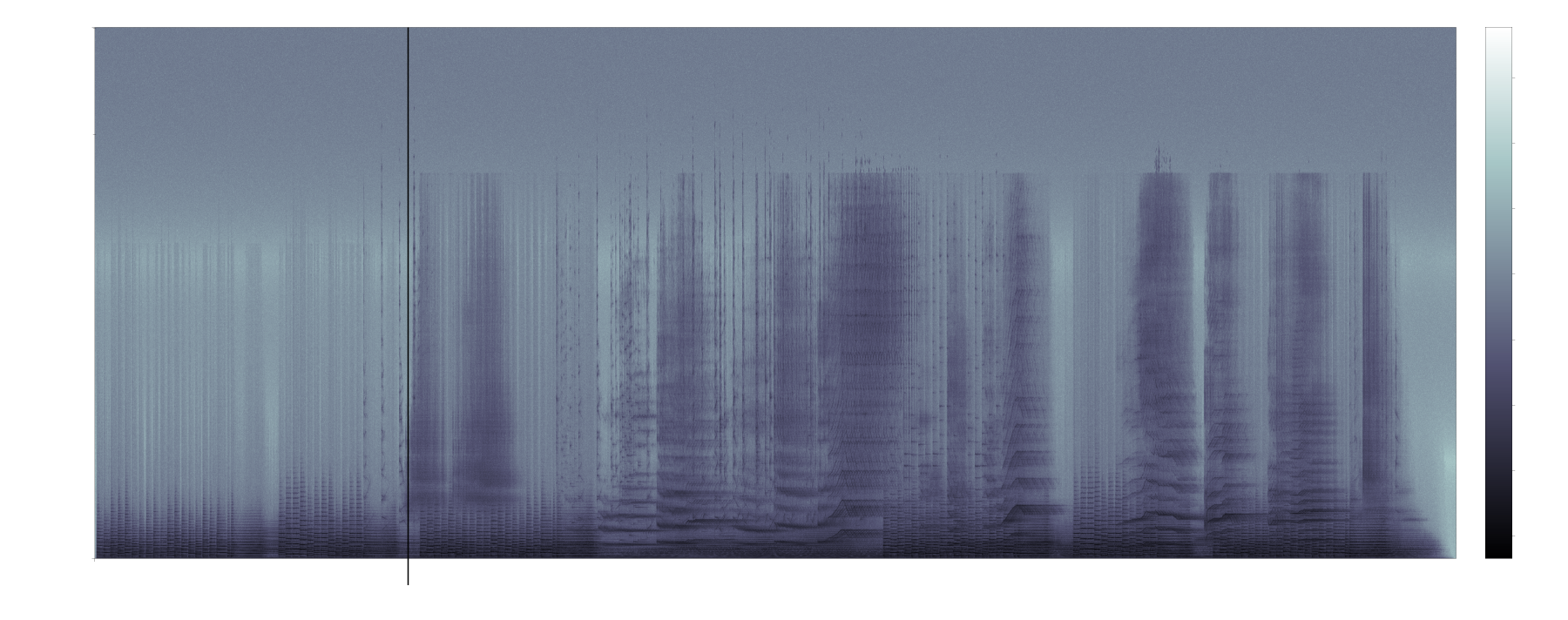
44,083 Hz
44,083 Hz
7.5
7.5
5.0
5.0
2.5
2.5
0
0
-2.5
-2.5
-5.0
-5.0
-7.5
-7.5
-10.0
-10.0
0
0
0
0
3:24
3:24
:46
:46
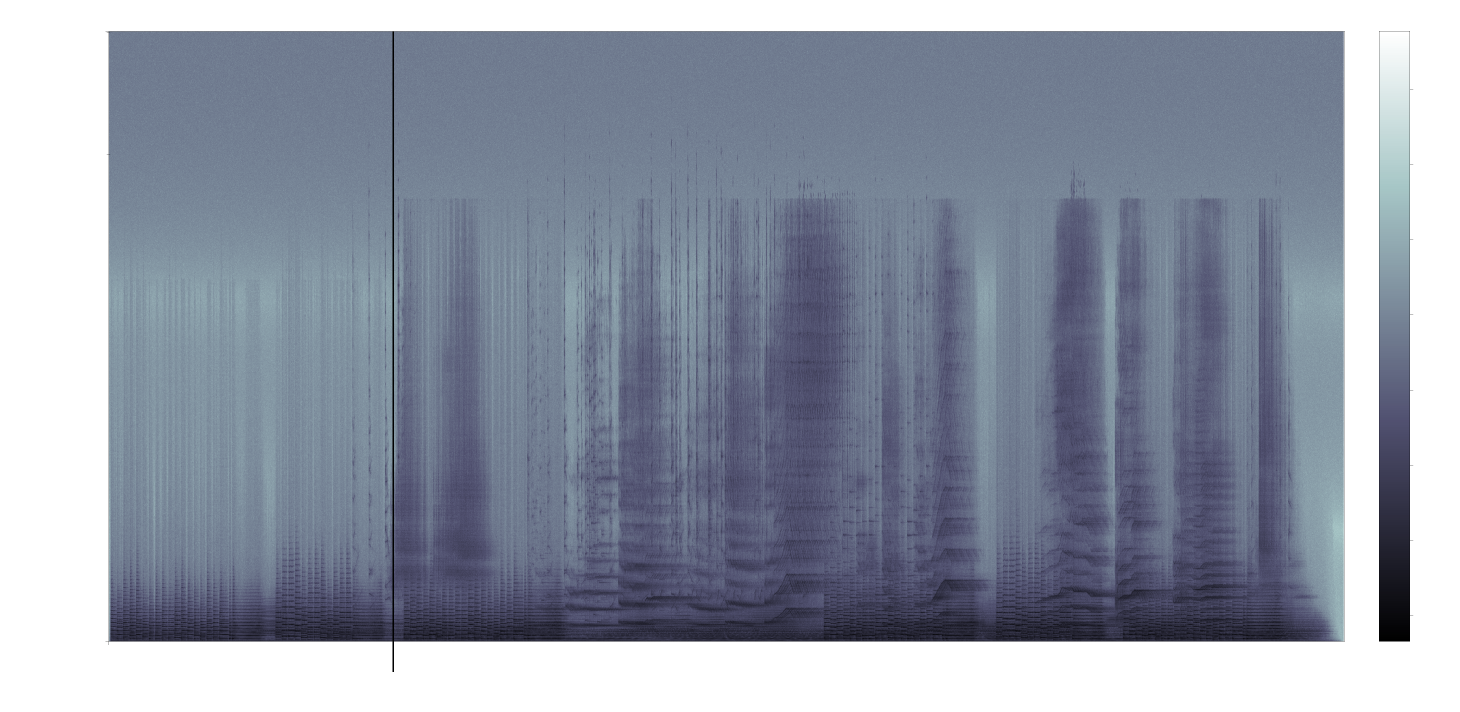
44,083 Hz
7.5
5.0
2.5
0
-2.5
-5.0
-7.5
-10.0
0
0
3:24
:46
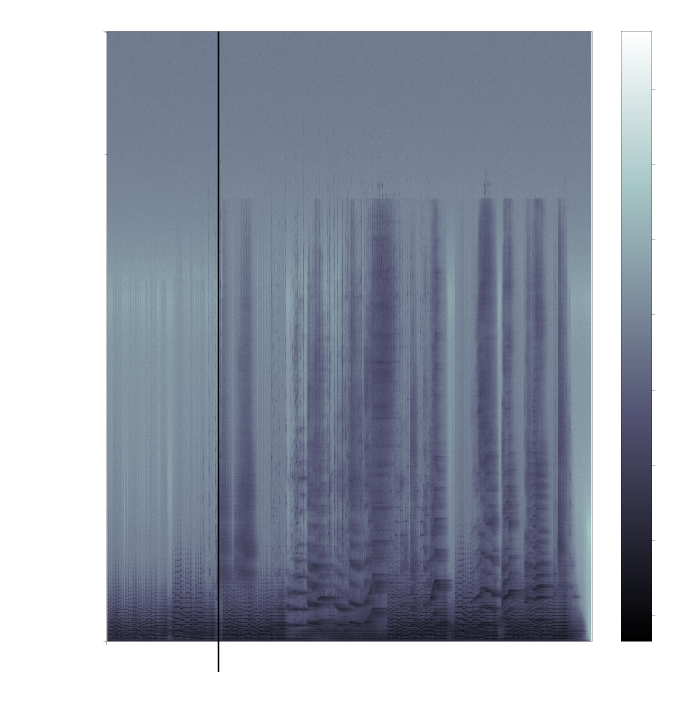
44,083 Hz
7.5
5.0
2.5
0
-2.5
-5.0
-7.5
-10.0
0
0
3:24
:46
Source: The Shining (Selections from the Original Motion Picture Soundtrack)
The sounds on the track ranged in frequency from 0 to above 20,000 Hz though a majority of the sounds were under 1,000 Hz.
The Shining's "Main Title" produced sounds beyond what a human can hear
Amplitude (power of sound) versus frequency (Hz)

30,000
0
1,000
10,000
15,000
20,000 Hz
5,000
Human Hearing Frequency Range
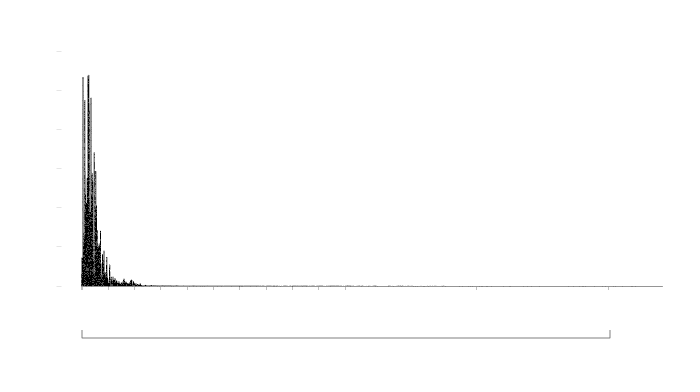
30K
0
5K
10K
15K
20K Hz
Human Hearing Frequency Range

30,000
0
1,000
5,000
10,000
15,000
20,000 Hz
Human Hearing Frequency Range
A majority of the sounds produced in The Shining's "Main Title" are under 1,000 Hz.

30,000
0
200
400
600
800
1,000 Hz
Human Hearing Frequency Range
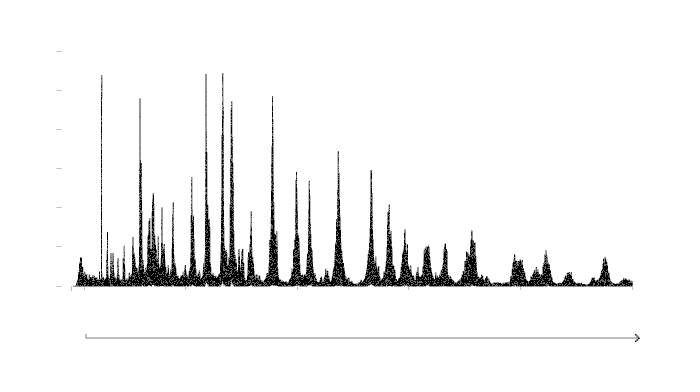
30K
0
200
400
600
800
1,000 Hz
Human Hearing Frequency Range

30,000
0
200
400
600
800
1,000 Hz
Human Hearing Frequency Range
Infrasound only represents a small percentage of the sounds produced.

30,000
30,000
0
0
20
20
1,000 Hz
1,000 Hz
Infrasound
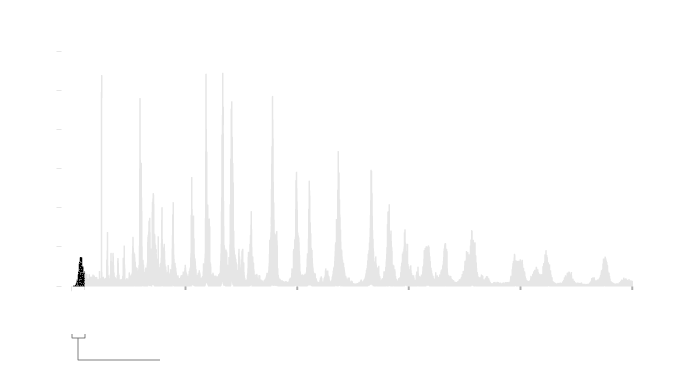
30K
0
0
20
20
1K Hz
Infrasound

30,000
0
20
1,000 Hz
Infrasound
Source: The Shining (Selections from the Original Motion Picture Soundtrack)
Horror Films at below 20 Hz
Among a sample of tracks from the 10 Scariest Horror Movies Ever list by Rotten Tomatoes, tracks ranged in the power of sounds below 20 Hz. The famous "Tubular Bells" of The Exorcist produces very little infrasound if any at all. The amount registered could simply white noise. Inversely, The Conjuring's "Clap Game" went way off the charts to over 350,000 in amplitude. In order to compare across tracks, shown here are tracks filtered to below 4,000 in amplitude across the 0-20 Hz frequency range. To see the digital signal processing techniques used, please see the project repository on Github.How do the "10 Scariest Horror Movies Ever" compare under 20Hz?
Measuring the amplitude of sounds below 20Hz of soundtracks

1. The Exorcist
Tubular Bells
(1973)
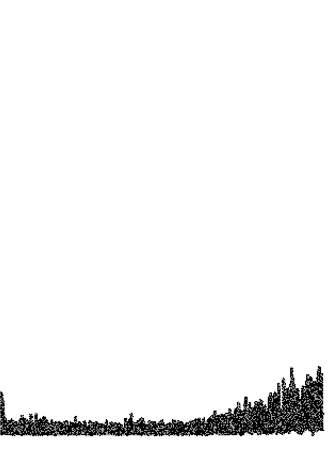
2. Hereditary
Reborn
(2018)
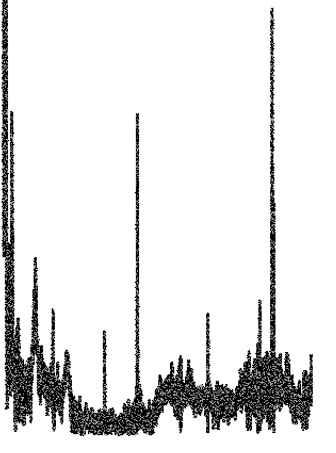
3. The Conjuring
Clap Game
(2013)
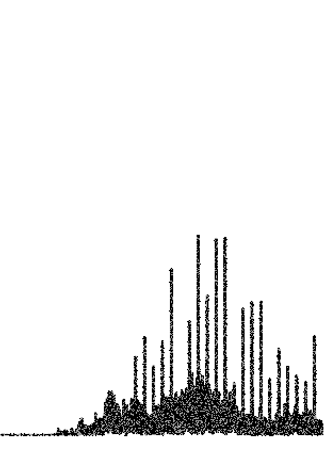
4. The Shining
Main Title
(1980)
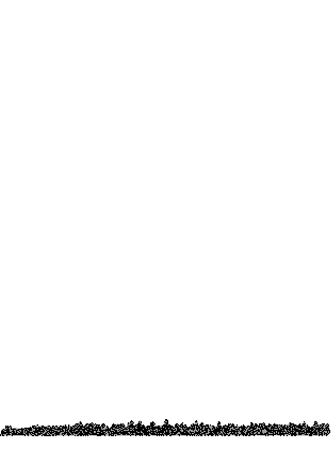
5. Texas Chainsaw Massacre
A Room of Feathers and Bone
(1974)
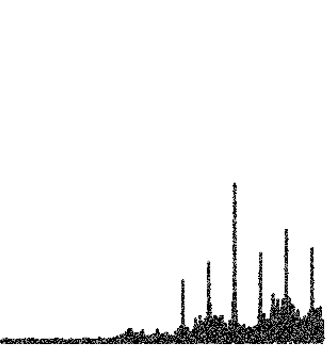
6. The Ring
The Well
(2002)
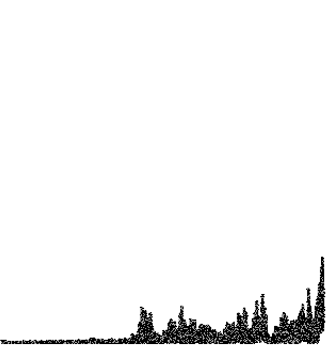
7. Halloween
Main Title
(1978)
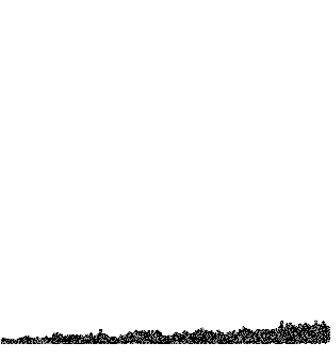
8. Sinister
Levantation
(2012)
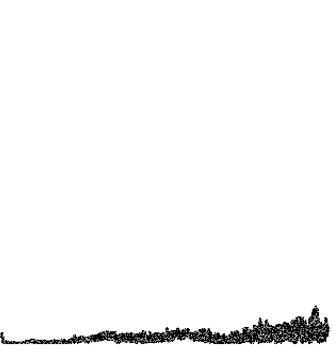
9. Insidious
The Insidious Plane
(2010)
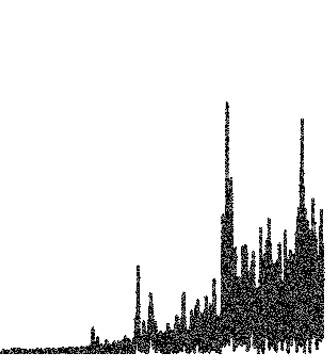
10. It
29 Neibolt Street
(2017)
The insular world of horror film sounds
The Rotten Tomatoes list spans several decades of horror films beginning with some of the classic horror films of the 1960-1980 era— The Exorcist (1973), Halloween (1978), and The Shining (1980). According to an article published in the Carlton Graduate Journal of Art and Culture, these films "predominantly relied upon exaggerated pitches and stingers to ensure their audiences experienced unsettling perceptual, emotional and physiological responses during the films." Pamela Morrow, the author, connects these musical techniques to that of twentieth century avant-garde music such as Berlioz’s Symphonie Fantastique.
In fact, directors William Friedkin and Stanley Kubrick chose to use pieces from Krzysztof Penderecki's "Polymorphia" (1961) in The Exorcist and The Shining respectively. Polish composer, Penderecki was known to reflect on the horrors of World War II in his music, which can be heard in his famous piece, "Threnody to the Victims of Hiroshima".
Like Friedkin and Kubrick, many of the directors and composers of these earlier horror classics were directly inspired by one another and used similar techniques in sound. According to Morrow, "Tubular Bells" of The Exorcist "would be a looming influence on the genre, directly inspiring Goblin’s score for Deep Red and John Carpenter’s for Halloween, in both their eerie sound and complex time signatures."
John Carpenter directed, co-wrote, and composed the theme for Halloween (1978) according to Rolling Stone, who labeled the film as having one of the greatest horror soundtracks. On the subject of Carpenter's soundtrack critics wrote, "he built tension from the onset with a rattling piano melody for the main theme, played in 5/4 time, a rhythm he learned as a teenager from his music-professor dad on bongos."
(More to come...)